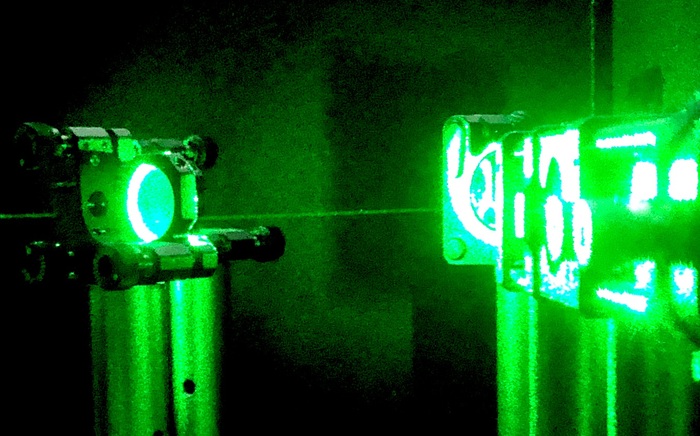The Artificial Intelligences of the future will be able to rely on memories made of light: these are circuits based on light instead of electronics, which are inspired by the functioning of the human brain and which promise to significantly accelerate and improve the training phase necessary for AI, also ensuring excellent energy efficiency.
The innovative technique, published in the journal Nature Communications, was developed in Italy by three researchers from the Institute of Nanotechnology of the National Research Council and the Italian Institute of Technology in Rome, and has the potential to usher in a new era for machine learning.
Any AI requires an intensive training phase that requires considerable computing power, enormous amounts of data, and often consumes the equivalent energy of a small city.
To find a solution to these problems, researchers drew inspiration from the way the human brain stores memory.
For example, after having encountered many glasses with different shapes, colors and materials, our brain is still able to group them all under a single generic category of 'glass', allowing us to recognize any object regardless of the differences.
“From this mediation process emerges an element of memory almost free of imperfections which represents the class”, says Giancarlo Ruocco of the IIT, co-author together with Giorgio Gosti also of the IIT of the study conceived by Marco Leonetti of Cnr-Nanotec and Iit: and it is precisely on this process that the three researchers based their approach.
“Neuromorphic hardware, i.e. inspired by the human brain, presents a revolutionary IT architecture – explains Leonetti – capable of substantially improving performance and energy efficiency in AI training compared to previous generations, also guaranteeing very fast operations”
Reproduction reserved © Copyright ANSA

